Stealth tactics: Infiniti ups its game with the Q50
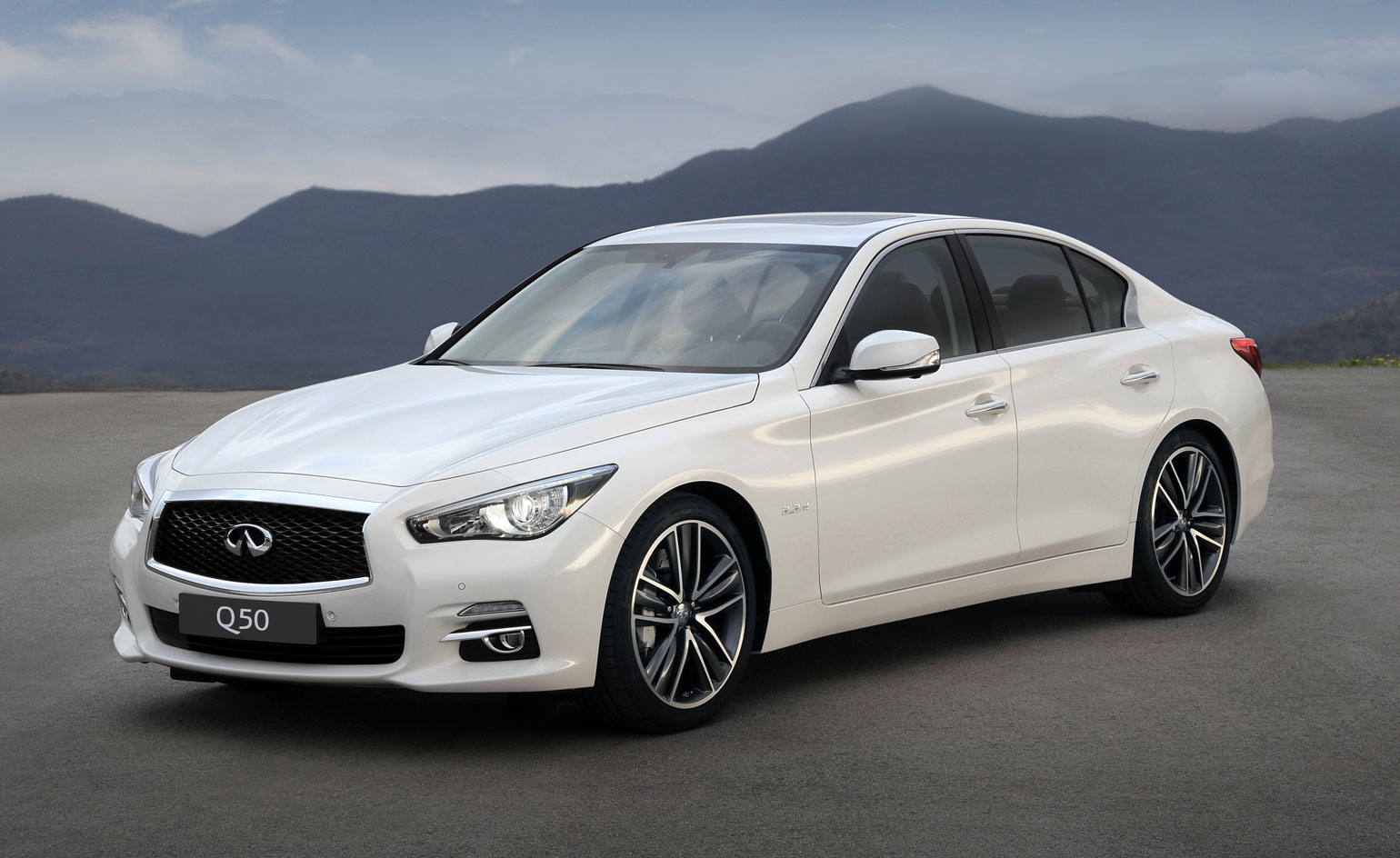
The Infiniti Q50 epitomises automotive stealth. The classically proportioned sports saloon will only merit a second glance from those in the know, but this subtlety and simplicity is very much in the car's favour. The Q50 is pitched at the business motorist who feels they're too left field for a German cliché and perhaps not traditional enough for a Jaguar. And although Infiniti is a sub-division of Nissan, the marque has a global, middle-of-everywhere name that effectively flattens any lingering issues one might have about class, culture and the relative values of one country's cars over another.
Infiniti began life as division aimed only at the US, following hot on the heels of Honda's Acura and Toyota's Lexus divisions. For a decade or so it was content to re-badge and beef up existing Nissan designs, but in the last five years Infiniti has upped its game, reinvigorated its design department and set its sights on matching the best the German market has to offer. Since 2008 it's been tackling the Europeans in their own marketplace.
Look a little harder at the Q50's lines and you'll see some intriguing details. Infiniti now has its own London-based design studio and is keen to capitalise on a run of stunning concept cars such as the recent Q80 that have promised much but haven't (yet) translated into proper production models. What the company has carried over is a flair for sculpted surfaces, deployed with far more aplomb than the rather brutal slash-and-pinch approach taken by rivals Lexus, for example.
The company also has a talent for high-tech interior design. The Q50 comes with a full quota of semi-autonomous technology, although we're now in a strange hinterland when each and every car one drives has differing levels of 'safety'-focused sensor-driven abilities. The Q50's bag of tricks certainly keep you on your toes, with lane control that can never quite decide if it wants to be a subtle guiding hand or an authoritarian control freak and automatic braking in traffic that doesn't evolve naturally into a 'traffic follow' function as you might expect. It's not time to cede total control just yet.
The car squeezes decent if not outstanding performance from its 2-litre engine, although the 'sports saloon' appellation is perhaps a little over-stretched. That could change if a conceptual variant of the Q50 makes it to market. The Q50 Eau Rouge shoehorns the extremely powerful V6 from Nissan's extremely powerful GT-R into the engine bay. The result, we're told, transforms the character and prowess of this essentially decent but rather anonymous saloon. If it ever goes on sale, the Eau Rouge might make for a more seductive Q50, but at the expense of that stealthy image.

The classically proportioned sports saloon is pitched at the business motorist who feels they're too left field for a German cliché and perhaps not traditional enough for a Jaguar
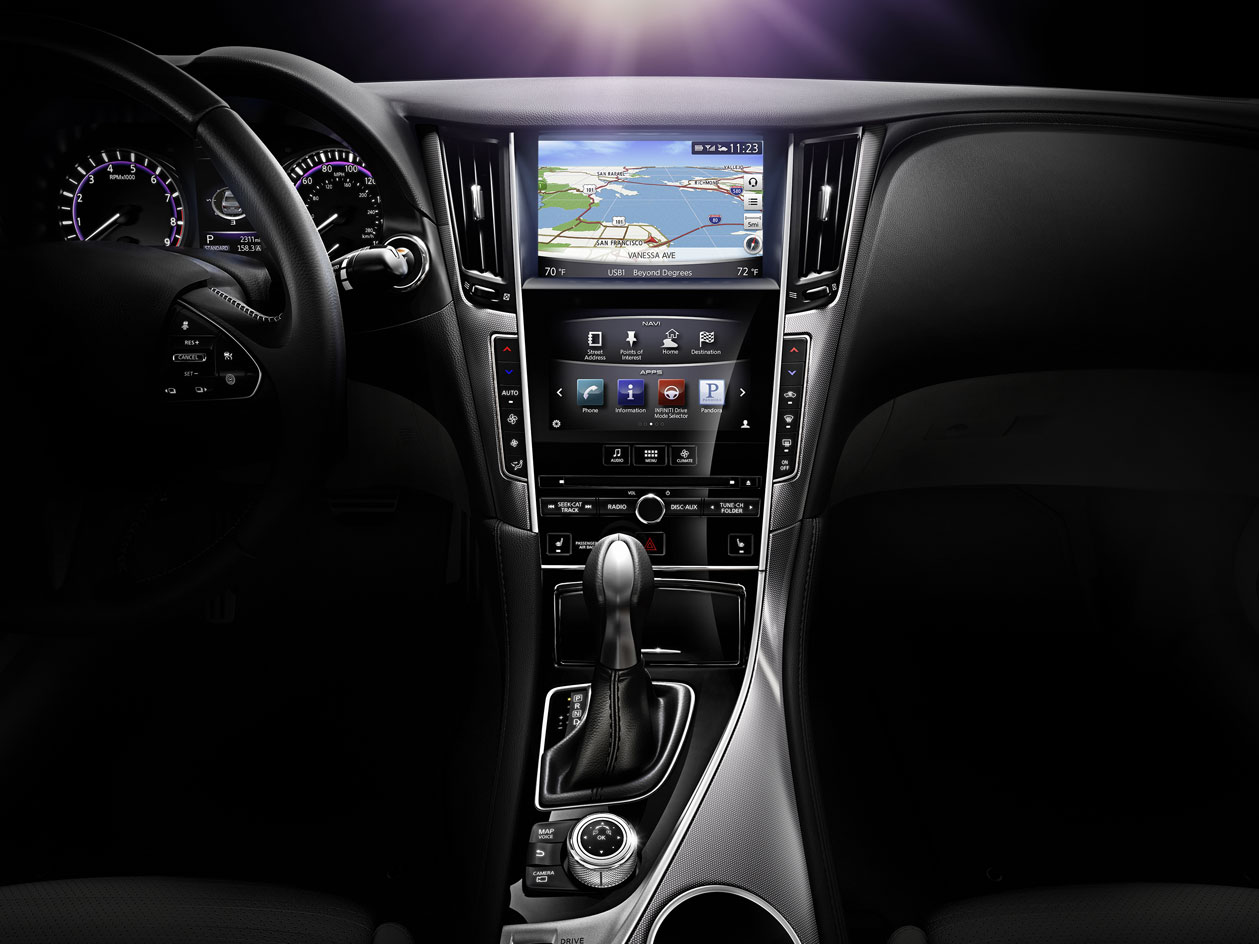
Now with its own London-based design studio, Infiniti has a flair for sculpted surfaces and high-tech interior design
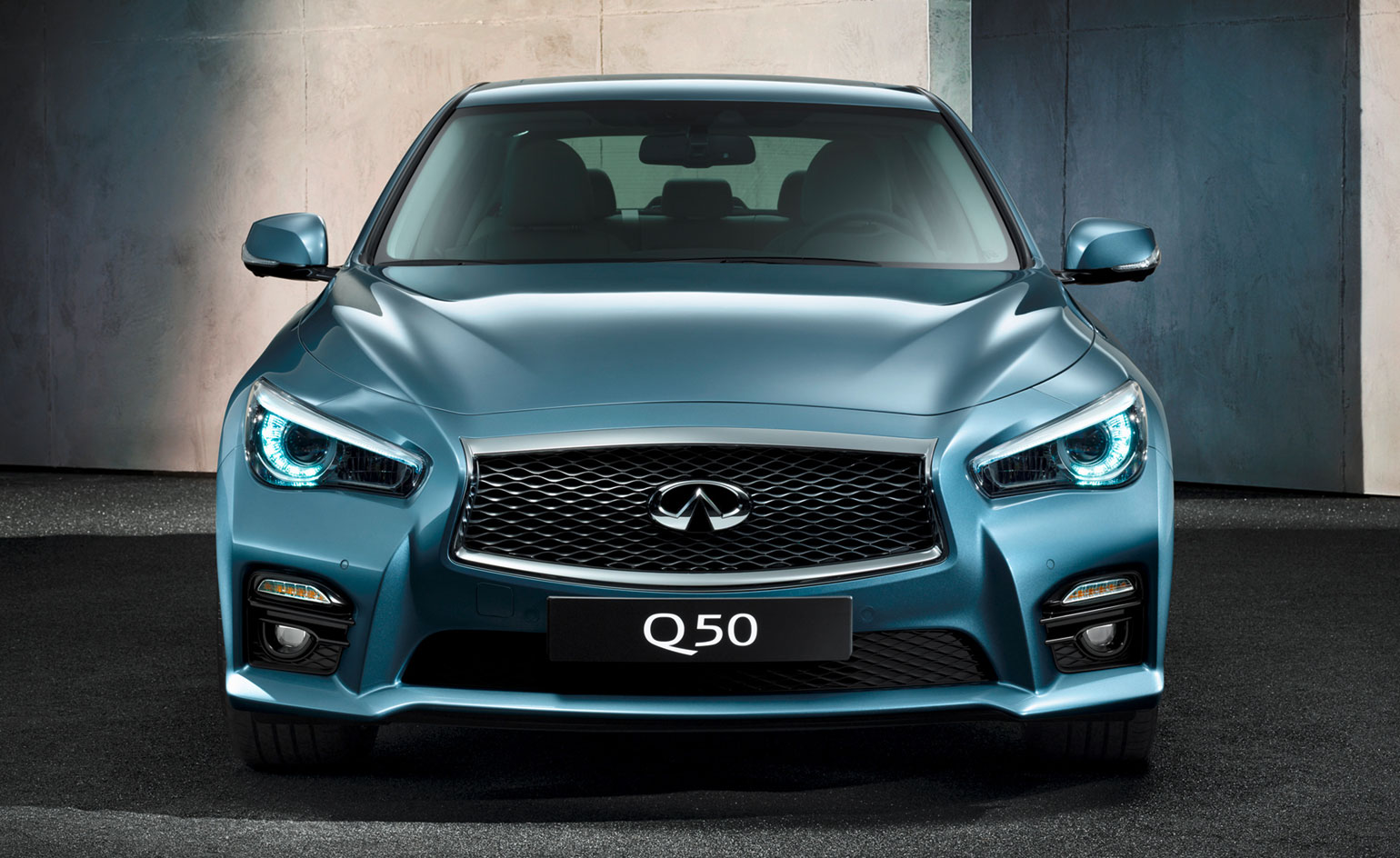
The Q50 comes with a full quota of semi-autonomous technology such as lane control and automatic breaking

The epitome of subtlety and simplicity, the Q50 squeezes decent if not outstanding performance from its 2-litre engine
Receive our daily digest of inspiration, escapism and design stories from around the world direct to your inbox.
Jonathan Bell has written for Wallpaper* magazine since 1999, covering everything from architecture and transport design to books, tech and graphic design. He is now the magazine’s Transport and Technology Editor. Jonathan has written and edited 15 books, including Concept Car Design, 21st Century House, and The New Modern House. He is also the host of Wallpaper’s first podcast.
-
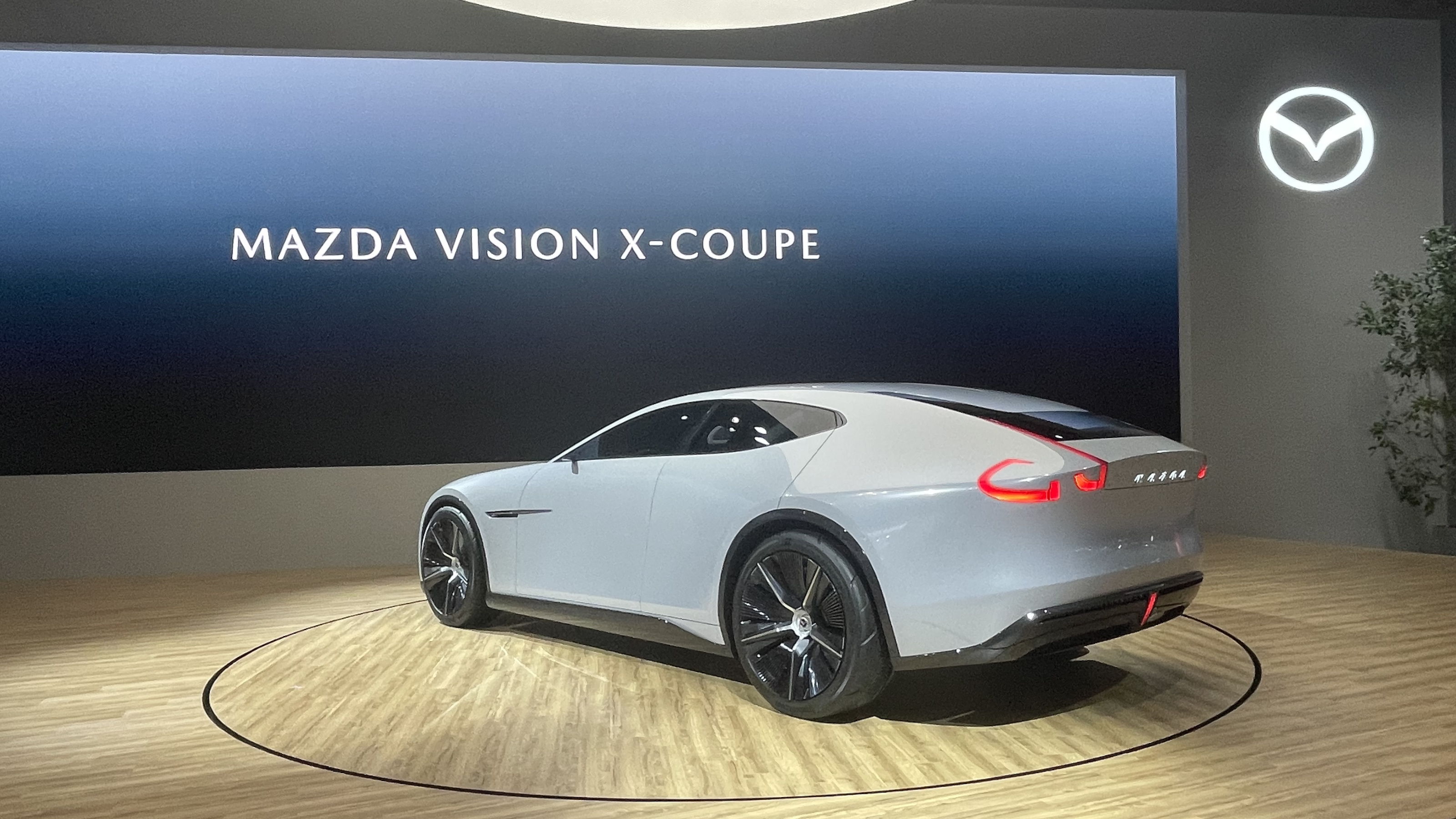 Wheels of the weird and wonderful: how the 2025 Japan Mobility Show met its brief
Wheels of the weird and wonderful: how the 2025 Japan Mobility Show met its briefWe bring you our selection of the ten most futuristic concepts and fascinating forthcoming machinery at Tokyo's Japan Mobility Show
-
 Find solace in the forest at this expansive treehouse retreat in Dorset
Find solace in the forest at this expansive treehouse retreat in DorsetFor sale for the first time, a treehouse, Mallinson’s Woodland Retreat, is a tribute to the skill of designer and master craftsman Guy Mallinson
-
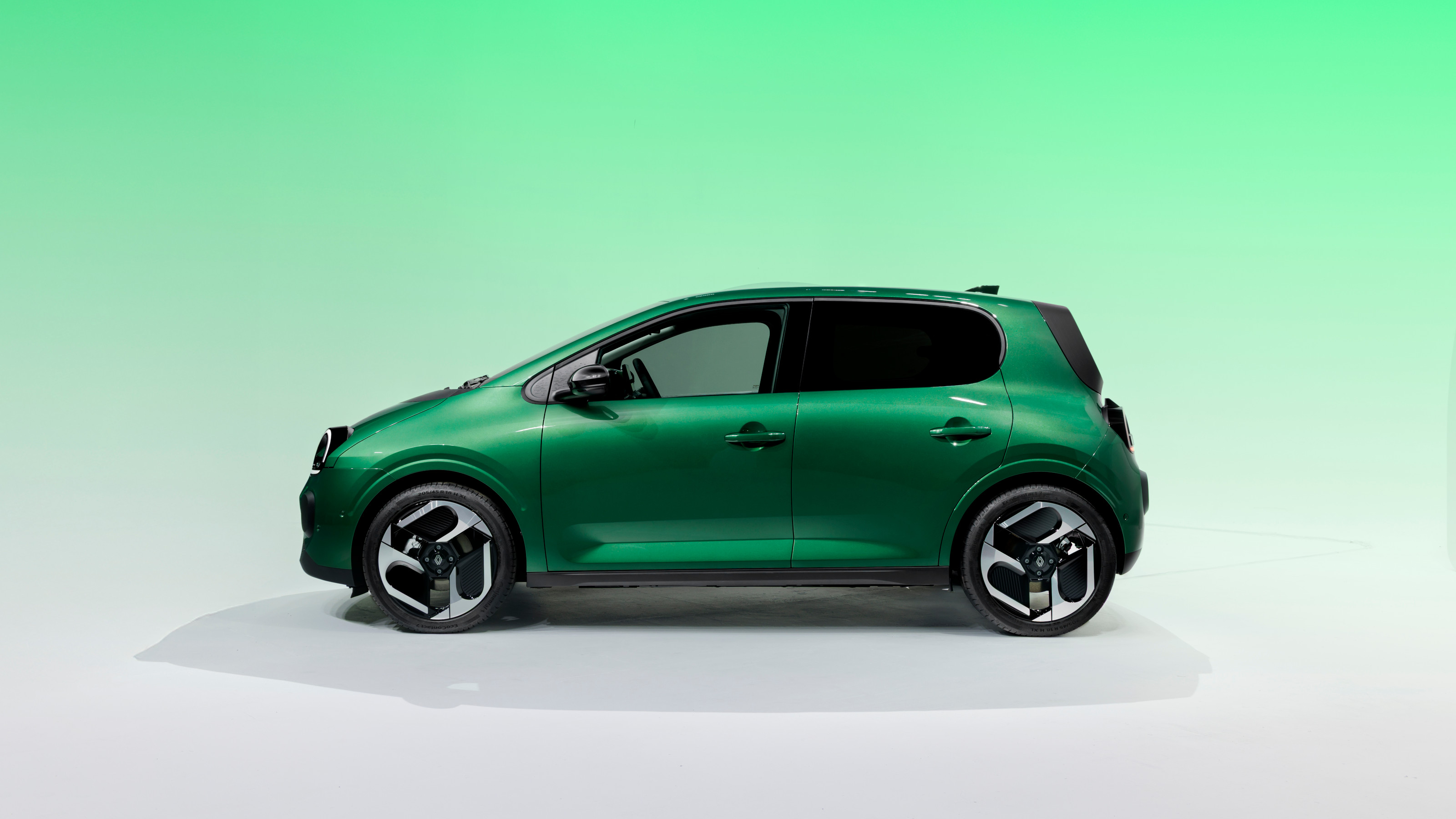 All hail the compact new Renault Twingo E-Tech – the city car is back in style
All hail the compact new Renault Twingo E-Tech – the city car is back in styleRenault continues to pay homage to its heritage by combining it with 21st-century technology. The new Twingo E-Tech is another winner
-
 Peugeot’s sparky 308 gets hybrid power and handsome lines
Peugeot’s sparky 308 gets hybrid power and handsome linesThe Peugeot 308 proves that mass-market design needn’t be dull, blending hybrid power with sharp lines and excellent detailing
-
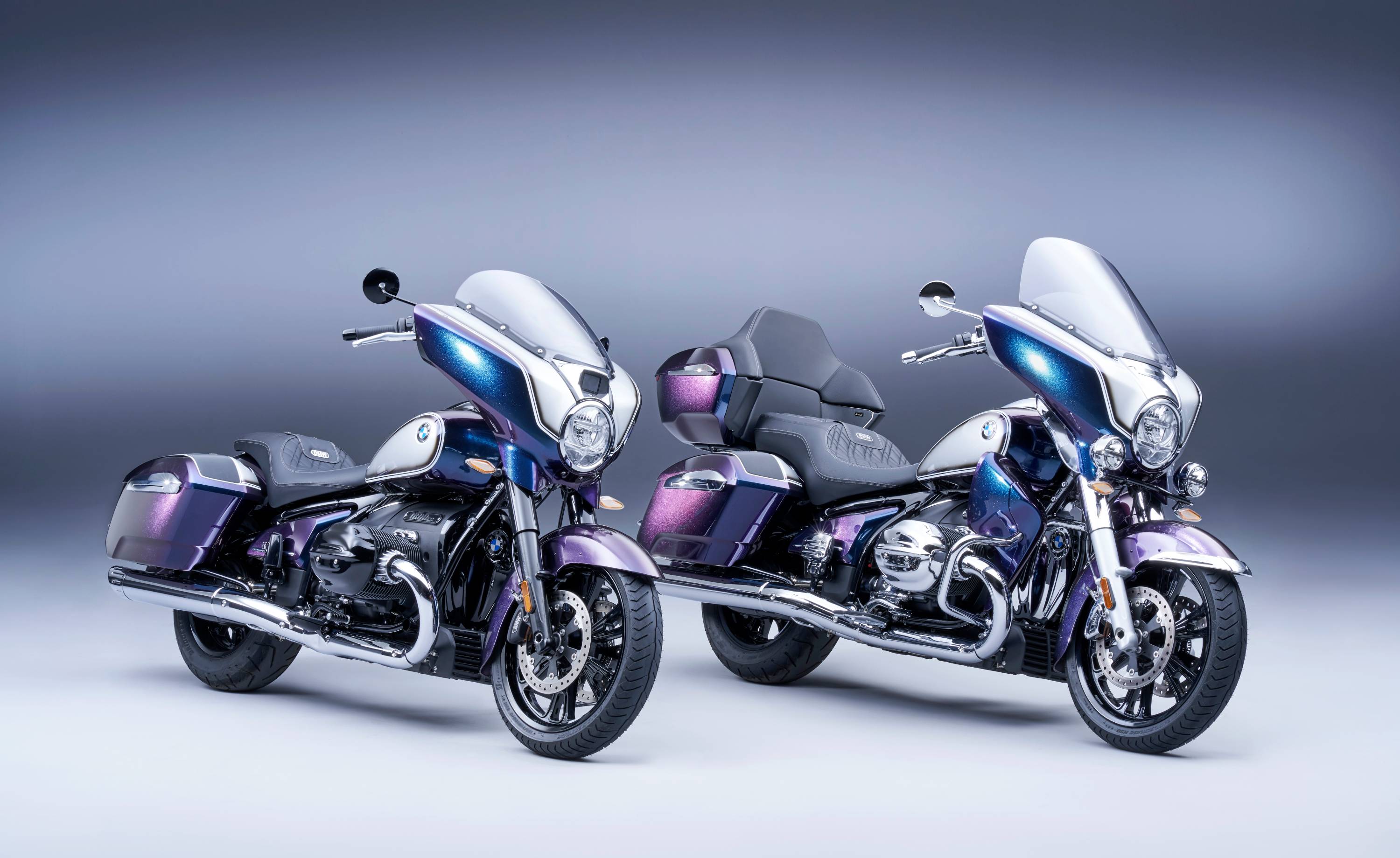 BMW Motorrad brings out the big guns for its newest cruisers
BMW Motorrad brings out the big guns for its newest cruisersBMW Motorrad R 18 Bagger and Transcontinental set the tone for high-voltage cruising with a brand collaboration with speaker specialist Marshall
-
 Dacia’s new Manifesto concept is a true outdoor utility vehicle
Dacia’s new Manifesto concept is a true outdoor utility vehicleUtilitarian auto brand Dacia sets a bold new agenda with its Manifesto, a concept car pitched at the active outdoor market
-
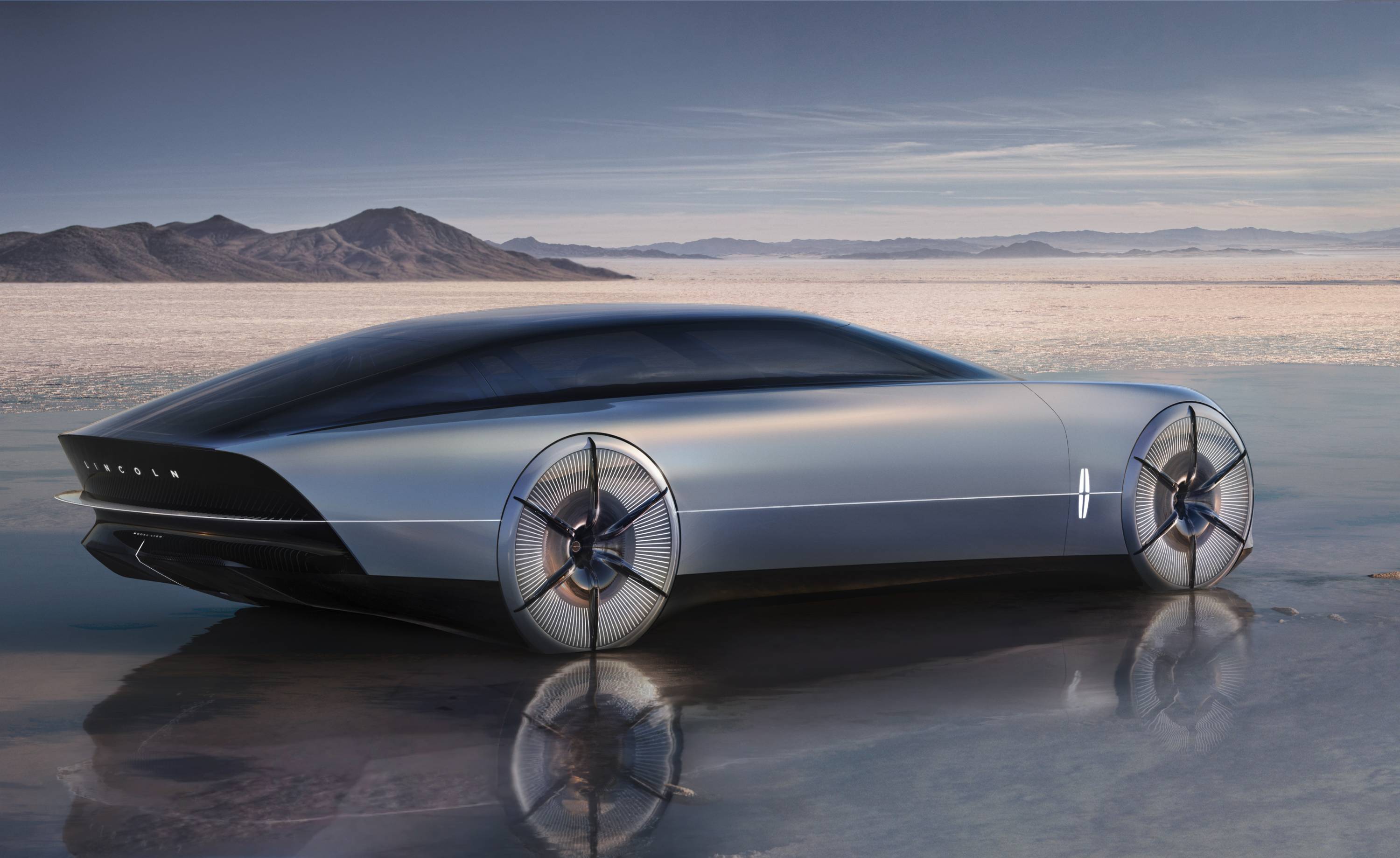 The sun sets on traditional supercars at California’s Monterey Car Week
The sun sets on traditional supercars at California’s Monterey Car WeekMonterey Car Week, the world’s most prestigious car gathering, is showcasing ever-more extravagant special editions, coachbuilt cars and all-new electric concepts. Here are seven key machines from 2022
-
 Is McLaren’s GT a sports car, a tourer, or the best of both?
Is McLaren’s GT a sports car, a tourer, or the best of both?The McLaren GT is a capable all-rounder dressed up in svelte supercar clothes. It might also be the last of its type
-
 Rolls-Royce puts the Phantom back on its lofty pedestal
Rolls-Royce puts the Phantom back on its lofty pedestalA mid-life refresh ensures the flagship Rolls-Royce Phantom Series II is at the top of its game, a last hurrah for traditional engines before an electrified future
-
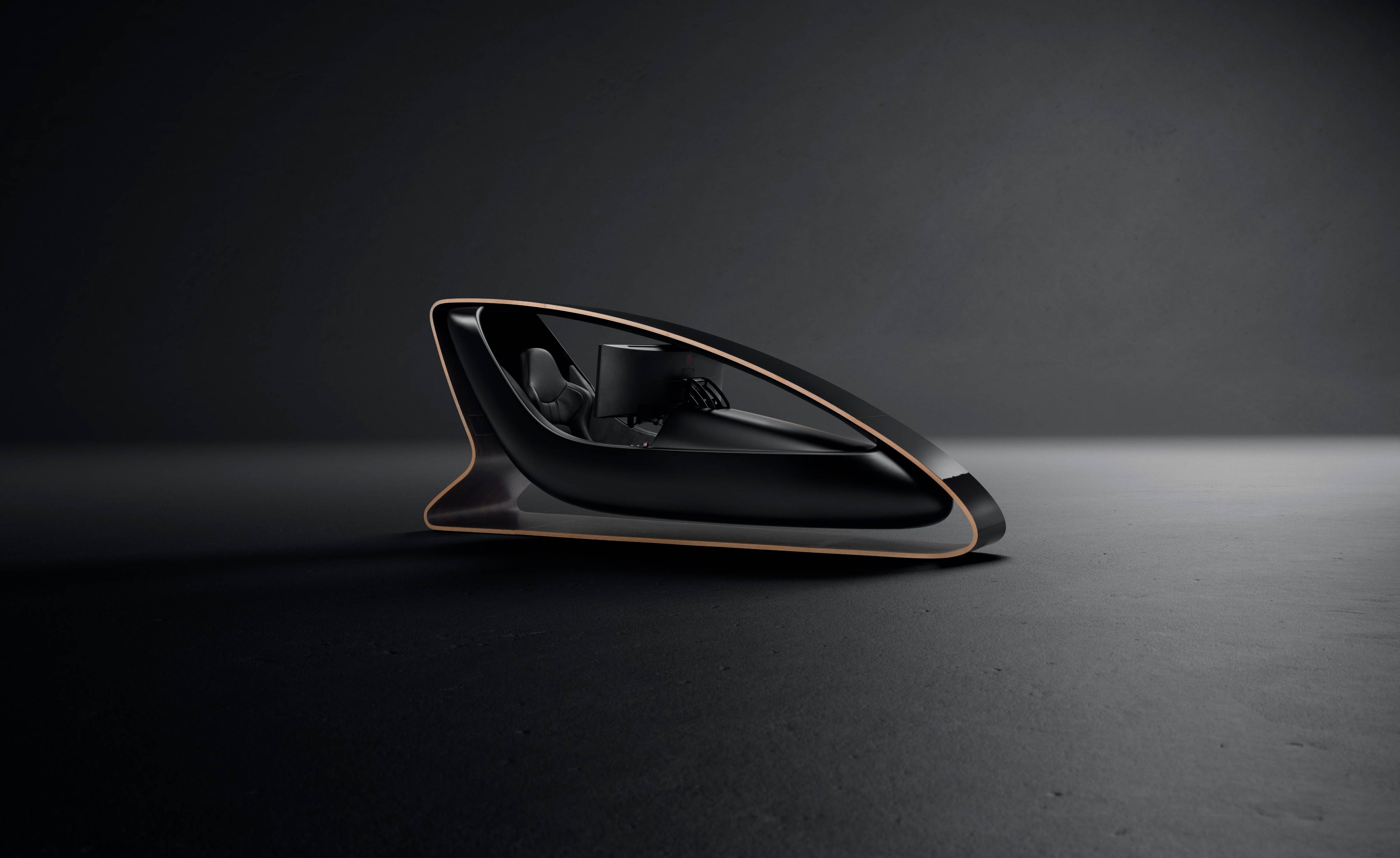 Prodrive’s new racing simulator is shaped by Callum to be front of the grid
Prodrive’s new racing simulator is shaped by Callum to be front of the gridThe racing simulator shapes up – this new design from Prodrive and Callum is honed for the high-end games room
-
 928 by Nardone Automotive: a restomod Porsche with Gallic verve and Italian style
928 by Nardone Automotive: a restomod Porsche with Gallic verve and Italian style928 by Nardone Automotive is a gracefully modernised version of Porsche’s endearingly different 928